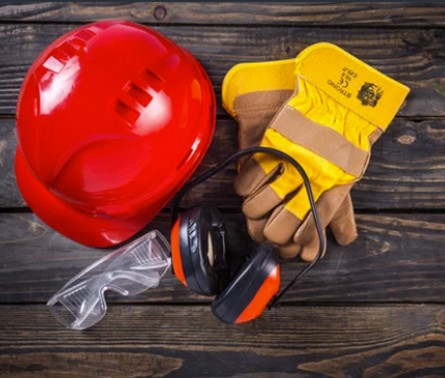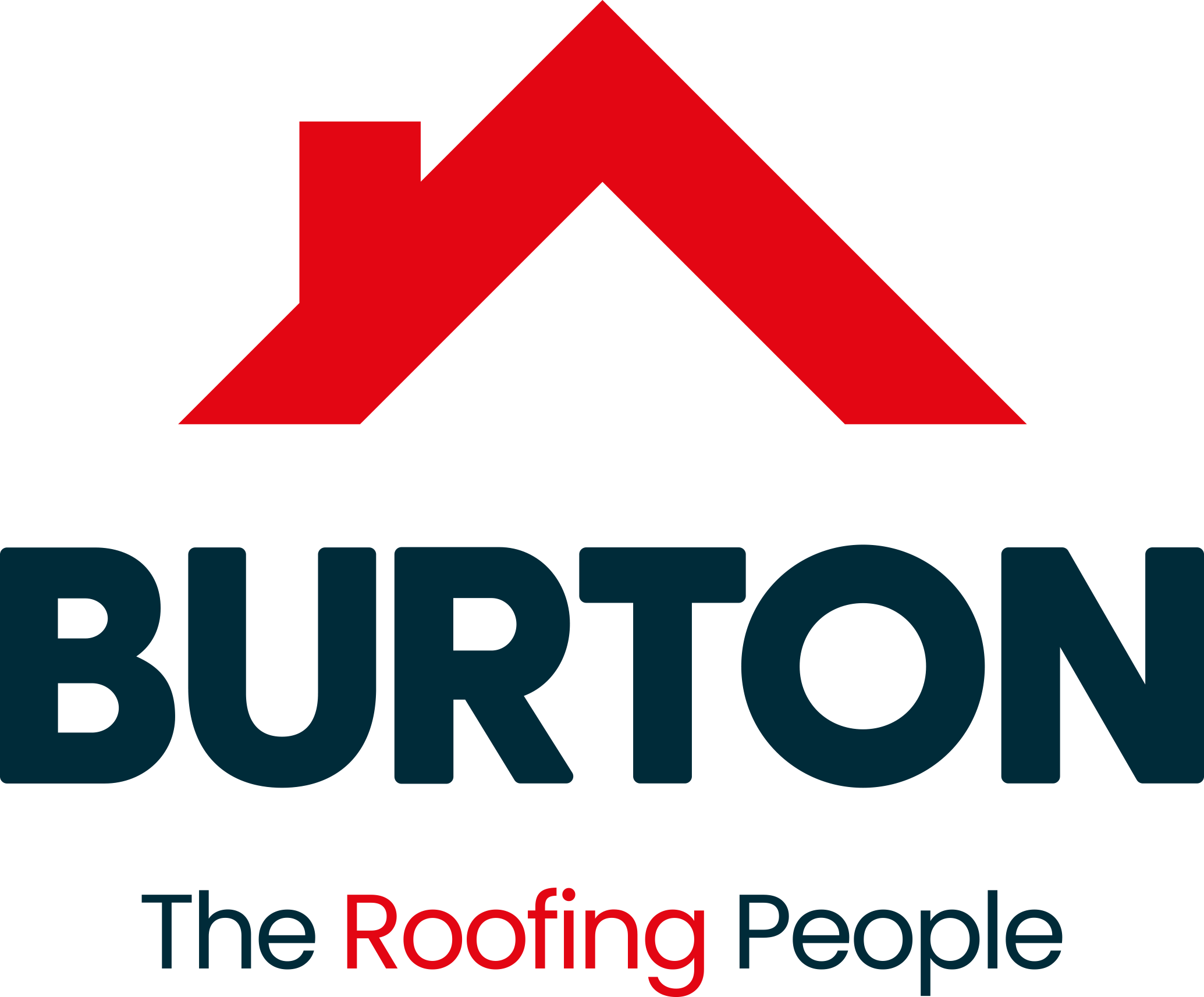How To Work On A Roof Safely
Working on a roof is one of the most dangerous things you can do in construction. A large proportion of deaths in the industry are associated with falls from roofs - the risks shouldn’t be underestimated.
There are a number of health and safety laws related to working on roofs that you should be aware of, the main ones are;
- The Work at Height Regulations 2005;
- The Health and Safety at Work etc. Act 1974;
- The Management of Health and Safety at Work Regulations 1999;
- The Construction (Design and Management) Regulations 2007;
- The Lifting Operations and Lifting Equipment Regulations 1998; and
- The Provision and Use of Work Equipment Regulations 1998
These laws should be read and understood before undertaking any major roofing projects.
Nearly a fifth of all construction related deaths are a result of falls from roofs. These fatalities can be ill prepared homeowners venturing onto their roof for basic maintenance or checks, or professional roofers that have become complacent and failed to follow guidance. Many accidents can be avoided if proper precautions are taken. A significant proportion of deaths are as a result of falls over the edges of the roof, but also through the roof itself where there are areas of fragility. We will discuss later in this article how you can mitigate risks.
Accessing Your Roof Safely
It’s important to access your roof safely, and this means selecting the right height of ladder, and the best access point. It’s best to access where there is no guttering - gutters can be fragile and not great for bearing the weight of you and a ladder. Your ladder should be placed at a slight angle. Too straight and your ladder could tip backwards, too much of an angle and the ladder could break on you - a 20-30 degree angle is perfect. Make your access point the one lowest to the ground, and be careful of over-hanging slates which could give way and cause you to lose your footing.
As you climb the ladder always make sure you have three points of contact - two feet and one hand, or two hands and one foot.
Keep an eye out for debris or any other slip hazard as you climb onto the roof itself.
Avoid going onto the roof during or after heavy rainfall or snow! By law you should not access a roof if it could be deemed dangerous to do so.
Safety Equipment
Gloves - always wear gloves, especially during the summer as the shingles can get hot.
Footwear - wear sturdy footwear with appropriate grips
Trousers - it’s easy to incur cuts and grazes while on the roof, workwear made from durable material will help to protect you from unnecessary injuries
Safety Glasses - if there is a chance that materials can fly up into your face and eyes, you should consider wearing safety glasses
It may not seem like it can get that hot in the summer in Scotland, but nevertheless there is a serious risk of burning yourself when you’re exposed on a roof over long periods - wear sunscreen, even if it seems a little overcast.
In winter, protect yourself with weather resistant clothing, it can get cold working on a roof for several hours.
Always carry out a risk assessment before you undertake any work - this will help you plan your approach effectively and what equipment and back ups you may need. Proper preparation prevents poor performance!
Bigger jobs may require scaffolding, platforms and/or edge protection (to help prevent slips and falls). These should be erected by a professional. It is likely that on these larger jobs that other precautions such as soft landing systems and harnesses may be required. Again these must be installed, tested, and checked by industry professionals.
The key thing with undertaking any roofing job is not to attempt anything that is outwith your skills and experience - it’s really not worth the risk - at the least bring in a professional who can mentor or guide you as you attempt jobs yourself.
